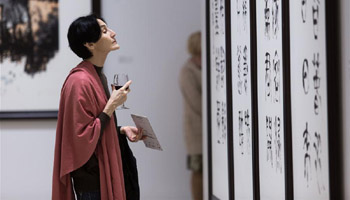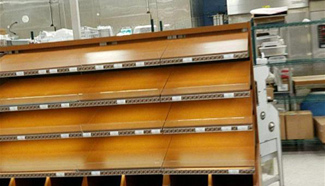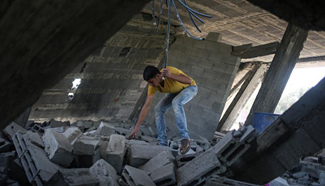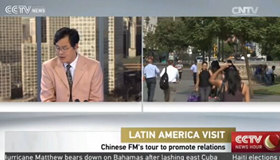SHIJIAZHUANG, Oct. 7 (Xinhua) -- A total of 113 tombs, estimated to be more than 2,000 years old, have been discovered in the northern province of Hebei, according to archaeologists.
The tombs, all of the urn burial type, are part of the Fudi city ruins in Huanghua, Hebei.
The remains of 107 children were found in the tombs, said Zhang Baogang, curator of Huanghua city museum.
"During the past 2,000 years, changes to the river course and other environmental factors have damaged the tombs," he said. "The graveyard for the adults would have likely been much larger."
Utensils made from pottery were also found and dated around the Warring States (475 B.C.-221 B.C.) period.
The city of Huanghua was known as a military fort, however Zhang said that "the number of tombs specifically for adolescents challenges this conclusion."
Bai Yunxiang, vice head of the Institute of Archaeology under the Chinese Academy of Social Sciences, said the discovery will inform research into burial customs and city planning.










